Not every classic is a high-dollar unicorn locked away in a climate-controlled garage. Plenty of vintage cars are still out there, running, driving, and even used regularly. These are the models that were built in huge numbers, maintained easily, and stayed on the road thanks to loyal owners and a steady supply of parts. You’ll still see them at car shows, Sunday cruises, and even in traffic once in a while. Here are ten of the most common classic cars that somehow keep showing up, decades after they left the factory.
1965–1970 Ford Mustang
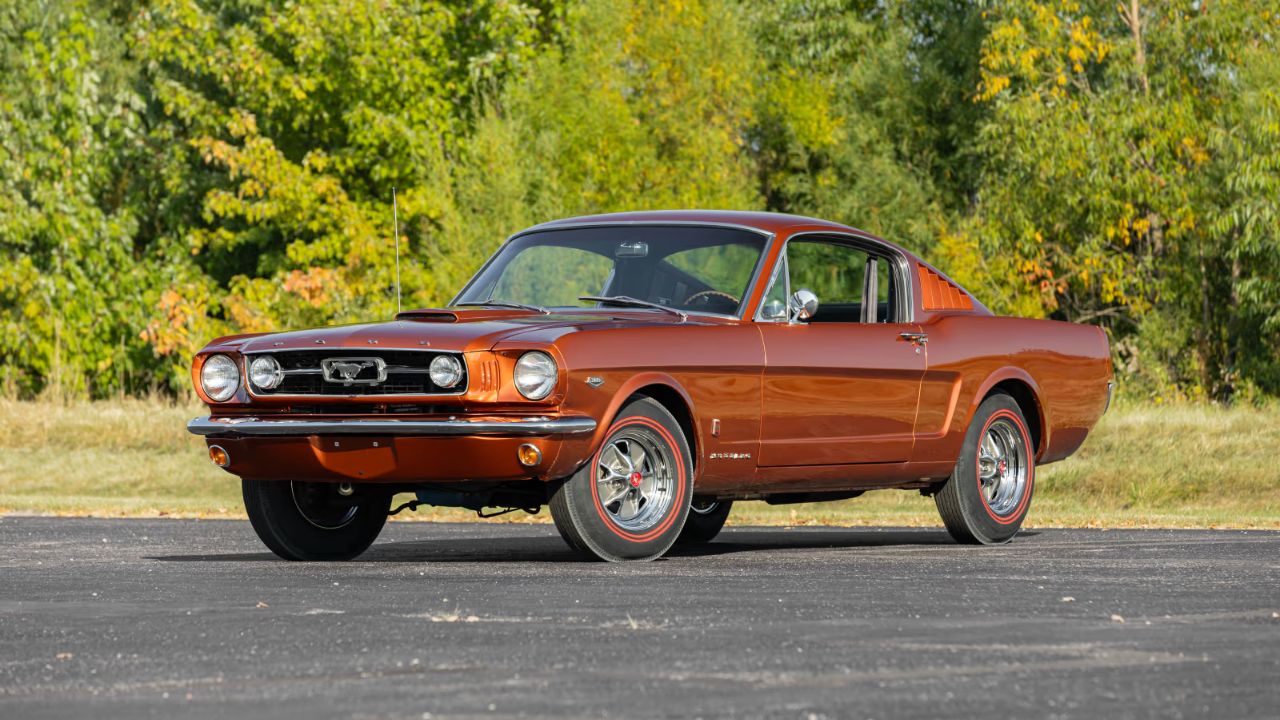
With over 2.9 million Mustangs built in the first generation, it’s no surprise they’re still everywhere. The 1965 model alone sold more than 550,000 units. Most were equipped with inline-sixes or small-block V8s like the 289.
These cars were never rare, and the aftermarket support has kept them alive. You can still buy entire body shells and bolt-on replacements from multiple vendors. Simple mechanics and wide appeal make the early Mustang a go-to starter classic.
1967–1972 Chevrolet C10 Pickup

Chevy’s second-generation C10 pickups are the backbone of vintage truck culture. Built in high numbers and often used lightly by suburban buyers, many survived rust and hard labor. Engine options ranged from the 250 inline-six to small- and big-block V8s.
These trucks are simple, reliable, and still practical. Because they share architecture with other GM platforms, parts are easy to source. Restored examples are common, but so are survivors with faded paint and original hubcaps.
1968–1972 Chevrolet Chevelle
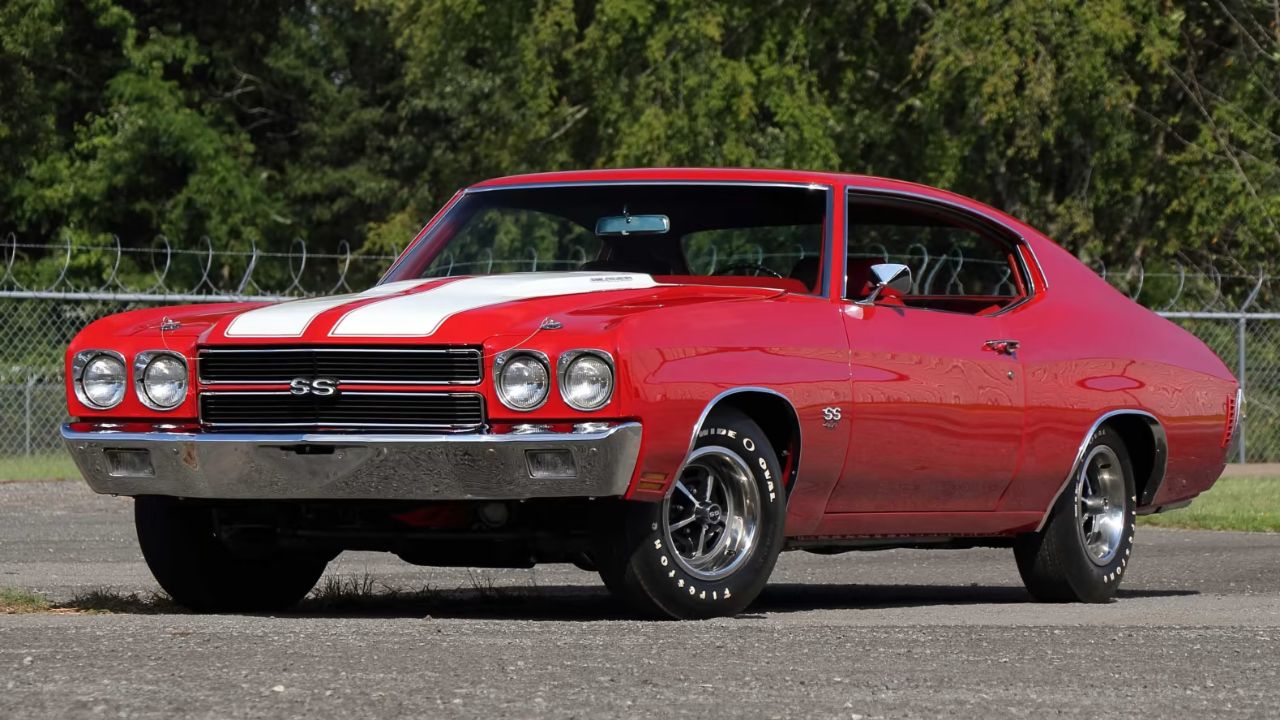
Chevrolet built over 1.6 million Chevelles during this span. The base models with small-block V8s or six-cylinders were especially common and often lived easy lives. Even SS clones and customs often start with these well-worn survivors.
The Chevelle’s A-body frame is still widely supported in the aftermarket. These cars were never too complicated, and their parts bin nature means many stayed on the road longer than flashier competition. They’re still a regular sight at local cruise-ins.
1964–1974 Plymouth Valiant
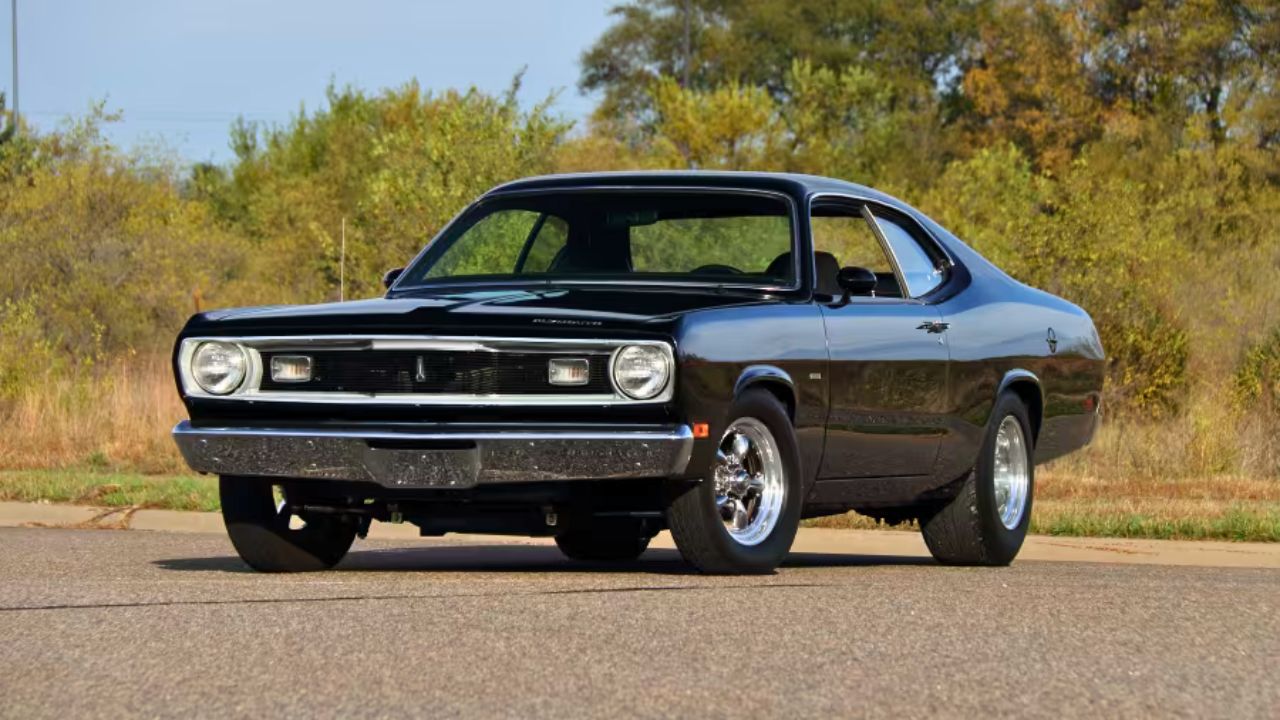
The Plymouth Valiant is about as utilitarian as a classic can get, but that’s also why it’s still around. Built with Slant-Six engines and basic suspension, it was affordable, reliable, and didn’t try to be more than it was.
Over 4 million Valiants were built across its run. These cars were often passed down in families or used as secondary transport, giving them a long service life. Plenty are still running with original drivetrains and minimal restoration.
1970–1981 Chevrolet Camaro

Second-gen Camaros were built in high volume—more than 1.9 million units over eleven years. Most weren’t Z/28s or SS models but simpler LT or RS versions with 305 or 350 V8s that proved durable over time.
They’re still commonly seen because they remained relatively cheap and had massive aftermarket support. Rust and poor maintenance took out plenty, but not enough to make them rare. They’re one of the last classic muscle cars you’ll still see parked at Walmart.
1960–1969 Chevrolet Corvair
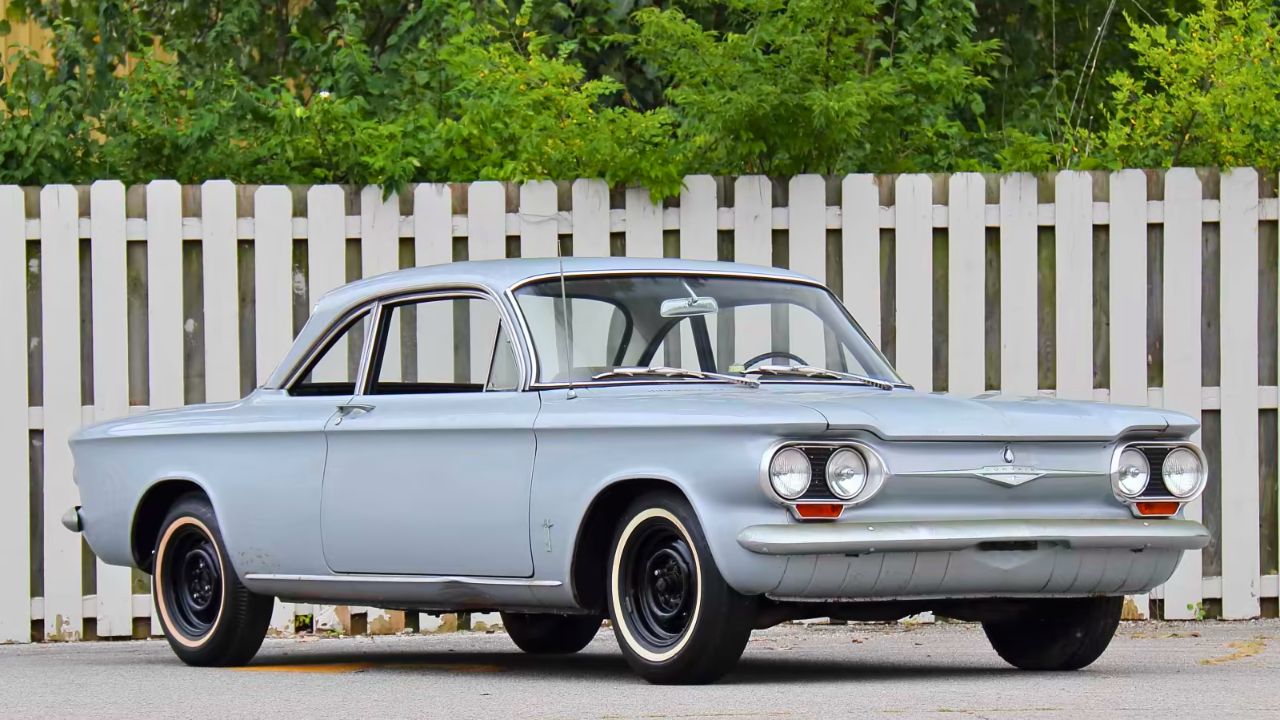
Chevy built nearly 1.8 million Corvairs, making it one of the most produced rear-engine cars in U.S. history. Despite Ralph Nader’s critique, the Corvair’s air-cooled flat-six and unibody layout earned it a cult following.
Owners who stuck with them often became mechanics by necessity. Today, the Corvair remains a common sight among classic car owners who like being different without spending a fortune. There’s still a surprising number of them on the road—especially in warmer states.
1966–1972 Dodge Dart

Like the Valiant, the Dart was simple, cheap, and extremely reliable. Most came with the 225 Slant-Six, though 318 and 340 V8s were also available. Dodge cranked out nearly 2 million units in this era.
These cars were overlooked for years, so they survived without being hacked up. Today, they’re sought after for daily classic builds and sleeper projects. The drivetrain’s durability and interchangeability with other Mopars helped keep Darts running long after others gave up.
1968–1976 BMW 2002

While it’s not as mass-produced as others here, the BMW 2002 had a solid production run—over 400,000 built. It was lightweight, simple, and powered by a robust 2.0-liter M10 inline-four that could survive a lot of abuse.
Its reputation for precise handling and everyday usability meant many were actually used as daily drivers well into the ’90s. The 2002’s durable mechanicals and active enthusiast base have kept more than a few of them in drivable condition today.
1971–1980 Ford Pinto
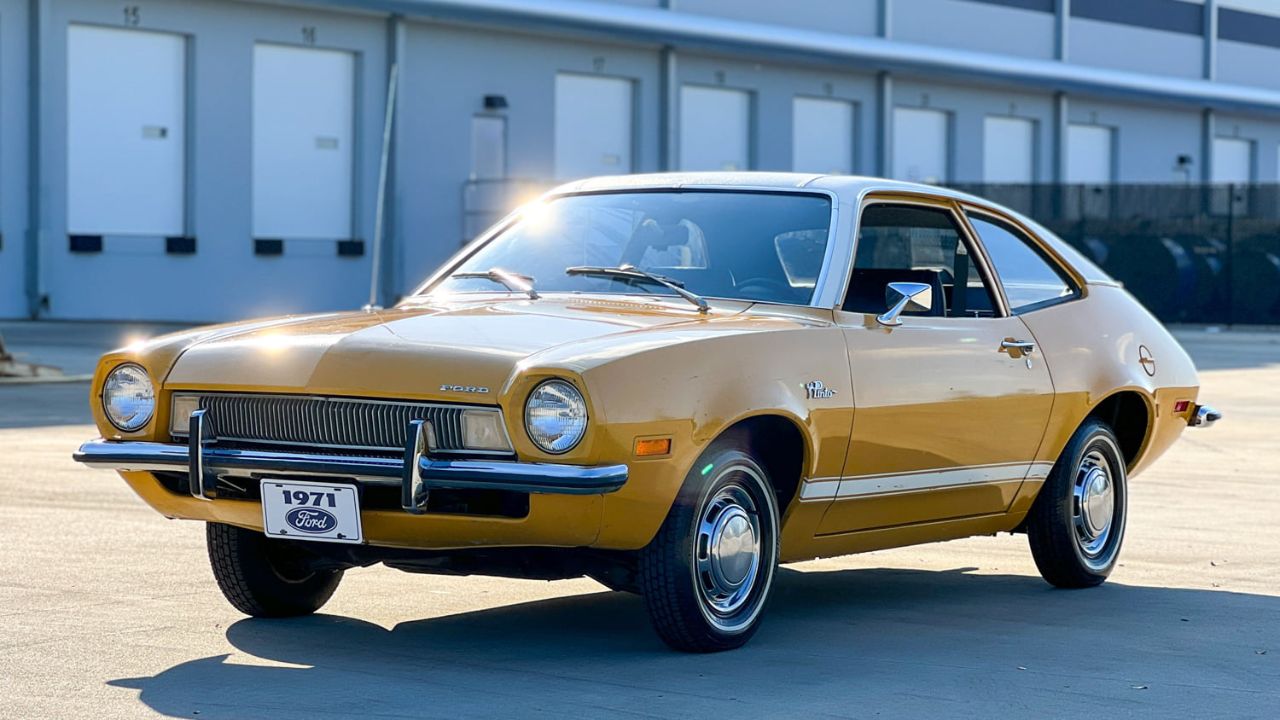
Despite its reputation, the Pinto sold in the millions—more than 3 million units over its lifespan. Most had a 2.0L or 2.3L four-cylinder paired to a manual or automatic transmission. It was cheap and easy to fix.
Plenty of Pintos were thrown away, but just enough stayed in dry garages or ran in rural towns to be considered survivors today. Some have even been restored as conversation pieces or drag builds, keeping the name on the road.
1968–1974 Volkswagen Beetle (U.S. Market)

While the Beetle’s worldwide numbers are staggering, the U.S. received hundreds of thousands during this period alone. The 1.6-liter air-cooled engine was underpowered but simple and forgiving.
Because the Beetle was easy to work on and parts were everywhere, many Americans learned car repair on one. They became daily drivers, hobby projects, and weekend cruisers. Even now, it’s rare to go to a classic car meet and not see at least one buzzing around.
Like Fast Lane Only’s content? Be sure to follow us.
Here’s more from us:


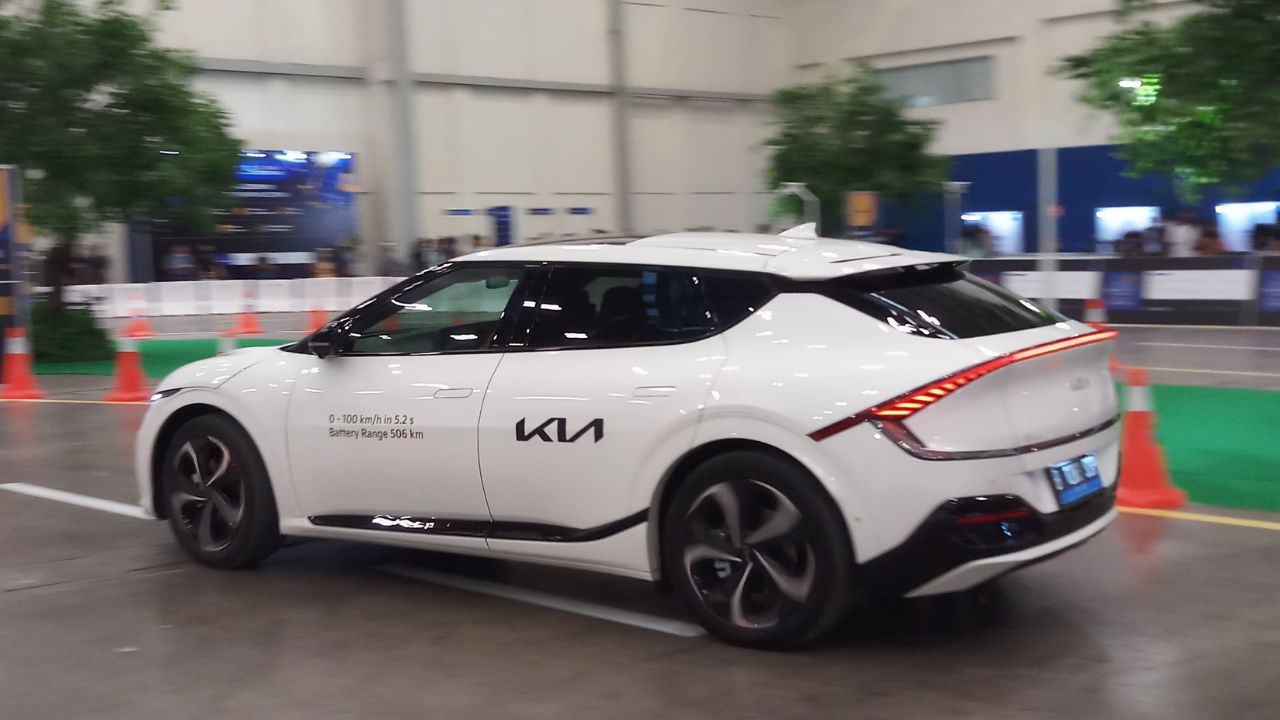



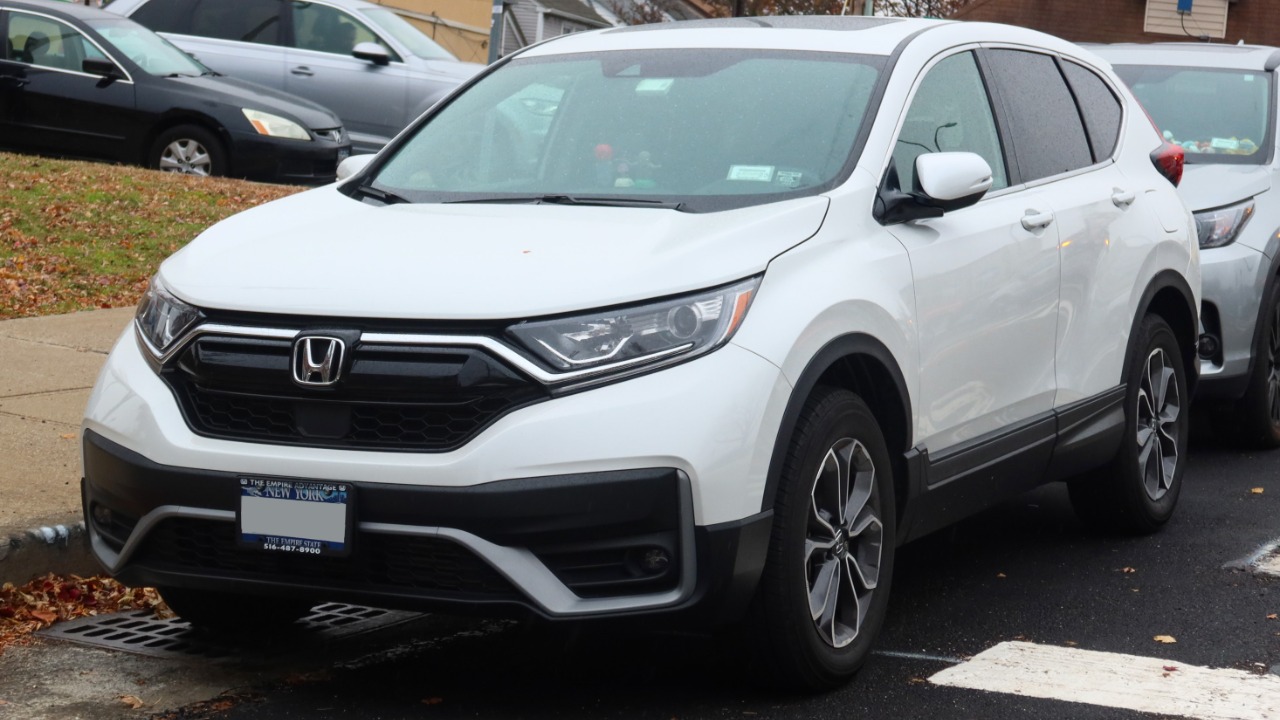
Leave a Reply